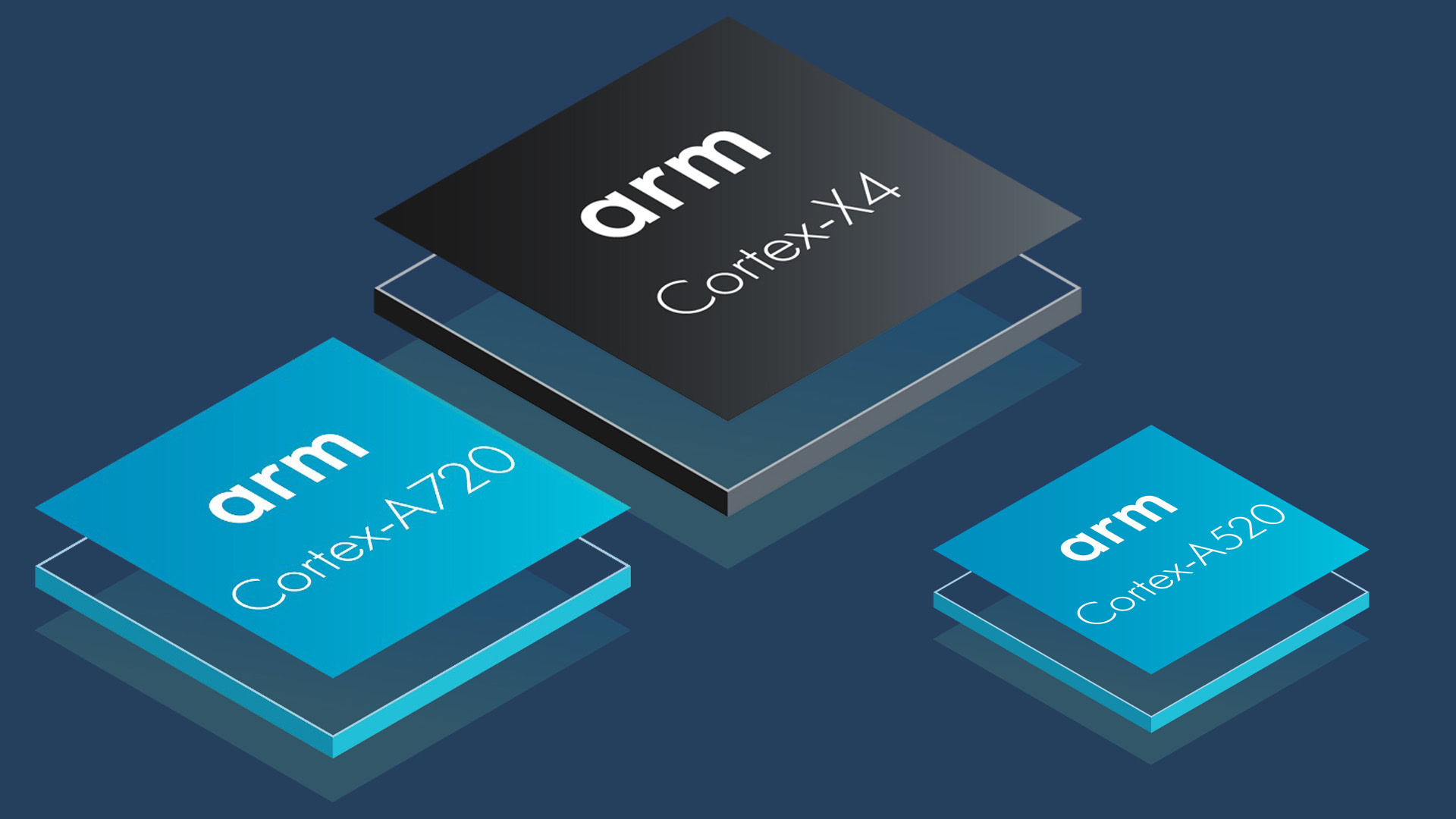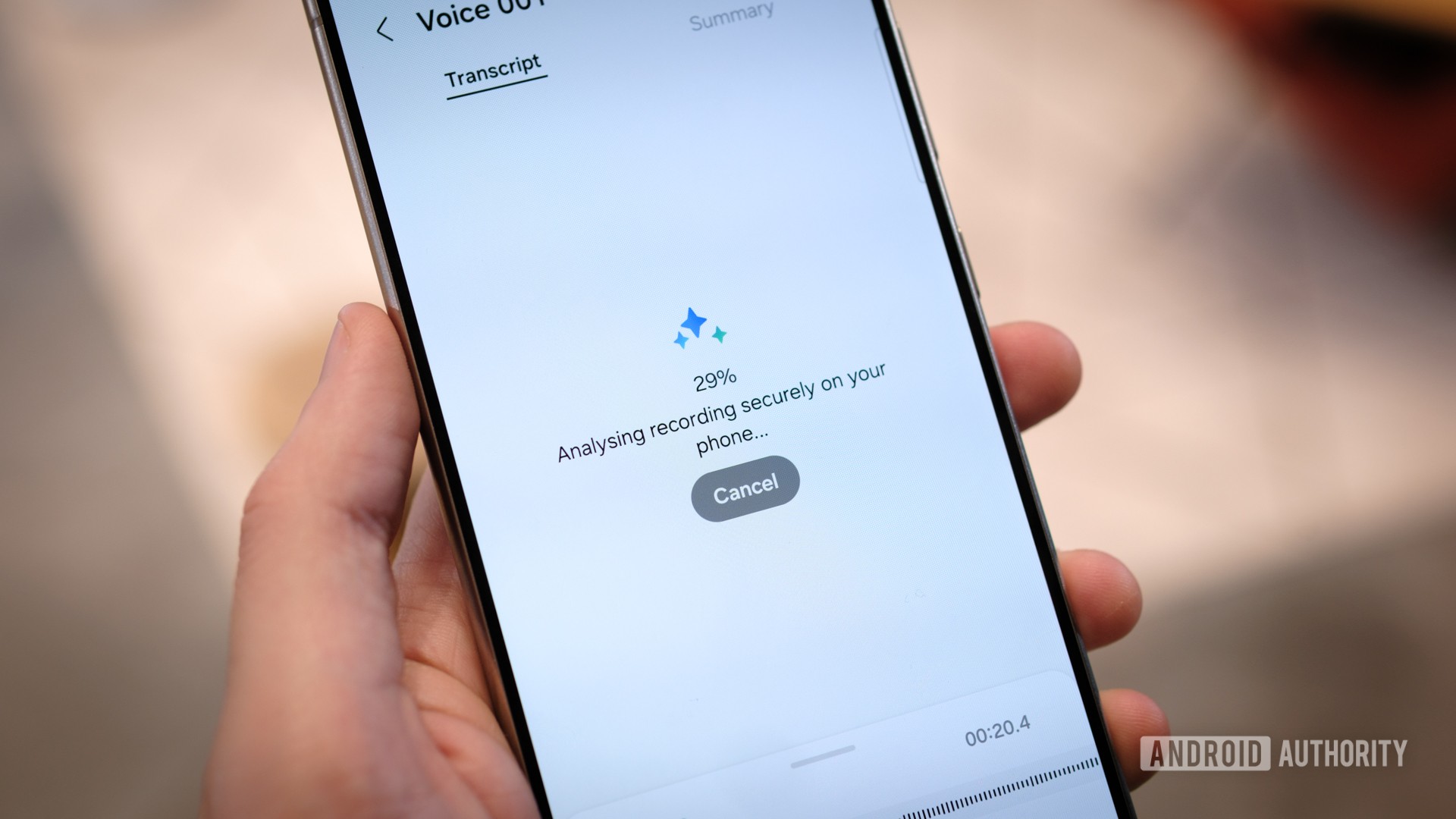Affiliate links on Android Authority may earn us a commission. Learn more.
Exynos 2400: Everything you should know about Samsung's chipset return
Update: March 18, 2024 (9:20 AM ET): We’ve updated this article with benchmark information on the Samsung Exynos 2400 following the launch of the Galaxy S24 series.
Original article: After a long history in the custom mobile processor game, Samsung somewhat unexpectedly dropped its Exynos chipset from the Galaxy S23 series, opting to use Qualcomm’s Snapdragon chip exclusively — a “Snapdragon 8 Gen 2 for Galaxy” to be precise. While unconfirmed, troubled development and dubious performance were the likely culprits behind Samsung’s decision.
However, Samsung is back with the “Exynos 2400 for Galaxy” mobile processor in the Galaxy S24 series. Here’s what we know and what we think we know about Samsung’s next flagship chipset.
Return of the Exynos
We first heard rumors about an Exynos 2400 chipset early in 2023, and Samsung finally confirmed the processor’s existence and a few details in October, ahead of the official launch of the Galaxy S24 range.
The Exynos 2400 powers the Galaxy S24 and S24 Plus in some regions, but not the Ultra.
Unlike the Galaxy S23 series, which used Qualcomm Snapdragon silicon exclusively, the Galaxy S24 and S24 Plus come in Snapdragon 8 Gen 3 and Exynos 2400 varieties, depending on the region. Meanwhile, Samsung’s Galaxy S24 Ultra still only comes with Snapdragon onboard.
This is an unusual change from the typical Exynos/Snapdragon split, which took place on a regional basis. The Galaxy S22, S22 Plus, and S22 Ultra were all powered by the Exynos 2200 chip in Europe and the Snapdragon 8 Gen 1 in the US and several other locales. Either way, the Exynos versus Snapdragon war is back with a vengeance.
What features does the Exynos 2400 have?
With Samsung Galaxy S24s in hand, we’ve been able to dive into all the shared and unique features of the Exynos 2400. Here’s what you need to know.
The latest Arm Cortex CPUs

Samsung originally announced that the Exynos 2400 CPU will offer a 1.7x increase in performance over the Exynos 2200. What will this CPU look like, though?
The Exynos 2400 uses the latest Arm CPU cores, ensuring that the processor is competitive with the competition. The CPU is rumored to be configured in a rather exotic 1+2+3+4 setup for 10 cores in total.
The Exynos 2400 CPU consists of a single high-performance Arm Cortex-X4 clocked at 3.2GHz, two Cortex-A720 cores at 2.9GHz, another two A720s at 2.6GHz, and four power-efficient Cortex-A520 cores clocked up to 1.92GHz. Interestingly, this differs from the Qualcomm Snapdragon 8 Gen 3’s eight-core, 1+2+3+2 arrangement. We expect some cache differences between the two Cortex-A720 clusters, but Samsung hasn’t detailed this low-level information.
Moving to the latest ArmV9.2 cores means the Exynos 2400 is 64-bit only. The Android ecosystem has almost entirely shifted to 64-bit anyway, with the Play Store serving 64-bit apps since late 2021 and China’s stores recently moving over, too. This change likely won’t have much bearing on the user experience, other than a few legacy applications that may cease to function.
Next-generation AMD graphics

One of the Exynos 2200’s differentiating factors was its Xclipse 920 GPU, built on AMD’s RDNA 2 graphics architecture. Complete with ray-tracing capabilities that bested the competition in benchmarks, this first-generation attempt showed promise, and it was a shame not to see how this evolved in 2023.
The Exynos 2400 houses an Xclipse 940 GPU based on AMD’s RDNA 3 architecture. The company didn’t dish out specific performance gains here, but we’ve clocked significant performance improvements for ray tracing that match and can even best the 8 Gen 3. However, Qualcomm’s graphics unit still retains a healthy advantage in classic rasterization.
Next-gen modem and AI

Samsung revealed that the Exynos 2400 touts a 14.7x increase in AI computing performance over the Exynos 2200 and that extra power has been put to good use with its Galaxy AI features for the S24. Galaxy AI powers speech-to-text summarization, real-time call translations, image generation, and more using both on-device and cloud-based processing.
On the networking side, Samsung announced its Exynos 5300 modem in early 2023, with headline features including 10Gbps download and 3.87 upload speeds. This part appears to be similar to the modem inside the Google Tensor G3. One of the key new features is two-way satellite communication technology, but Samsung didn’t see fit to include this feature in the Galaxy S24 series.
Finally, the Exynos 2400supports blazing-fast UFS 4.0 memory, LPDDR5X RAM at up to 8.5Gbps, as well as 320MP imaging and 8K60 video support via the image signal processor. Samsung makes use of those memory specifications across the S24 line, but 8K video recording is capped at 30fps, not 60fps.
Samsung Exynos 2400 benchmarks
With hands on the Galaxy S24 series, we’ve benchmarked both the Snapdragon 8 Gen3 and Exynos 2400 versions of the handset. The takeaway is that the Snapdragon version offers slightly higher performance metrics, mostly for gaming, but the Exynos 2400 hands in slightly better battery life.
The Exynos 2400 isn’t quite a benchmark chart-topper, but it’s really not far off. CPU scores have improved over last year’s model, and the chip isn’t far behind the 8-Gen 3. PCMark’s Work 3.0 test confirms this, with quite similar scores earned across a range of common workloads, like video editing and document manipulation.
The biggest discrepancy is found in the graphics department. Snapdragon models have a healthy lead in maxed-out graphics performance, though this difference is less pronounced in real-world games that don’t stress the GPU so hard. The exception is ray-tracing workloads, where both chipsets start out neck and neck, but the Exynos Galaxy S24 can pull ahead during longer periods of stress.
There are pros and cons to both chips, but our testing hasn’t revealed anything that should worry customers in either region. If you want to read more, we’ve gone more in-depth on Exynos 2400 benchmarks here.
Exynos 2400 vs Snapdragon 8 Gen 3 specs
| Snapdragon 8 Gen 3 | Exynos 2400 | |
|---|---|---|
CPU Config | Snapdragon 8 Gen 3 1x 3.3GHz (Cortex-X4) 3x 3.2GHz (Cortex-A720) 2x 3GHz (Cortex-A720) 2x 2.3GHz (Cortex-A520 Refresh) | Exynos 2400 1x 3.2GHz (Cortex-X4) 2x 2.9GHz (Cortex-A720) 3x 2.6GHz (Cortex-A720) 4x 1.92GHz (Cortex-A520) |
GPU | Snapdragon 8 Gen 3 Adreno (ray tracing support, Snapdragon Game Super Resolution) | Exynos 2400 Xclipse 940 (ray tracing support, FidelityFX Super Resolution) |
AI | Snapdragon 8 Gen 3 Hexagon (fused scalar, tensor, and vector) Mixed precision INT8/INT16 INT4 support | Exynos 2400 AI Engine (2x NPU, 2x Shallow NPU) |
RAM support | Snapdragon 8 Gen 3 LPDDR5X | Exynos 2400 LPDDR5X |
Storage support | Snapdragon 8 Gen 3 UFS4.0 | Exynos 2400 UFS4.0 |
Camera support | Snapdragon 8 Gen 3 • 200MP single shot • 108MP single camera @ 30fps • 64MP+36MP dual camera • Triple 36MP with zero shutter lag | Exynos 2400 • 320MP single shot • 108MP single camera @ 30fps • 64MP+32MP dual camera @ 30fps |
Video capture | Snapdragon 8 Gen 3 8K @ 30fps 4K @ 120fps | Exynos 2400 8K @ 30fps 4K @ 120fps |
4G/5G Modem | Snapdragon 8 Gen 3 X75 LTE/5G (integrated) 10,000Mbps down 3,500Mbps up | Exynos 2400 Exynos 5300 12,120 Mbps down 3,670 Mbps up |
Other networking | Snapdragon 8 Gen 3 Bluetooth 5.4 Wi-Fi 7 [w/ FastConnect 7800], Wi-Fi 6/6E (802.11ax), Wi-Fi 5 (802.11ac), 802.11a/b/g/n, | Exynos 2400 Bluetooth 5.3 Wi-Fi 6/6E (802.11ax), Wi-Fi 5 (802.11ac), 802.11a/b/g/n [Assumed, others supported with hardware add-ons] |
Location | Snapdragon 8 Gen 3 Galileo, Beidou, NavIC, GPS, GLONASS, QZSS | Exynos 2400 Galileo, Beidou, GPS, GLONASS |
Process | Snapdragon 8 Gen 3 TSMC 4nm (N4P) | Exynos 2400 Samsung 4nm (LPP+) |